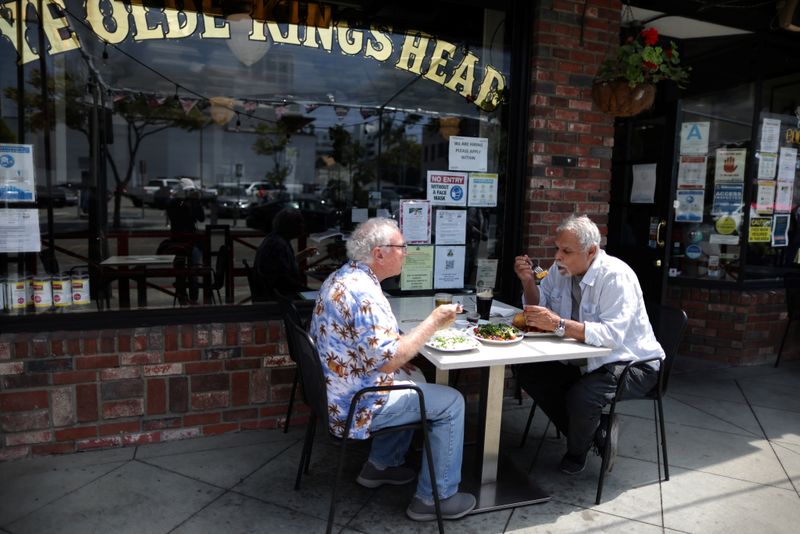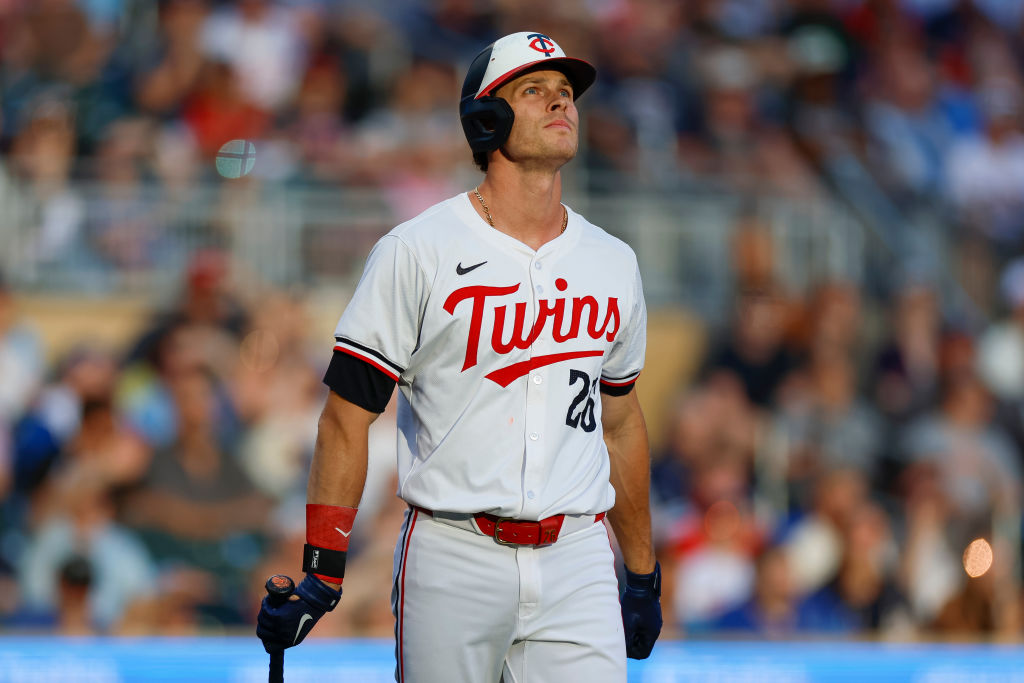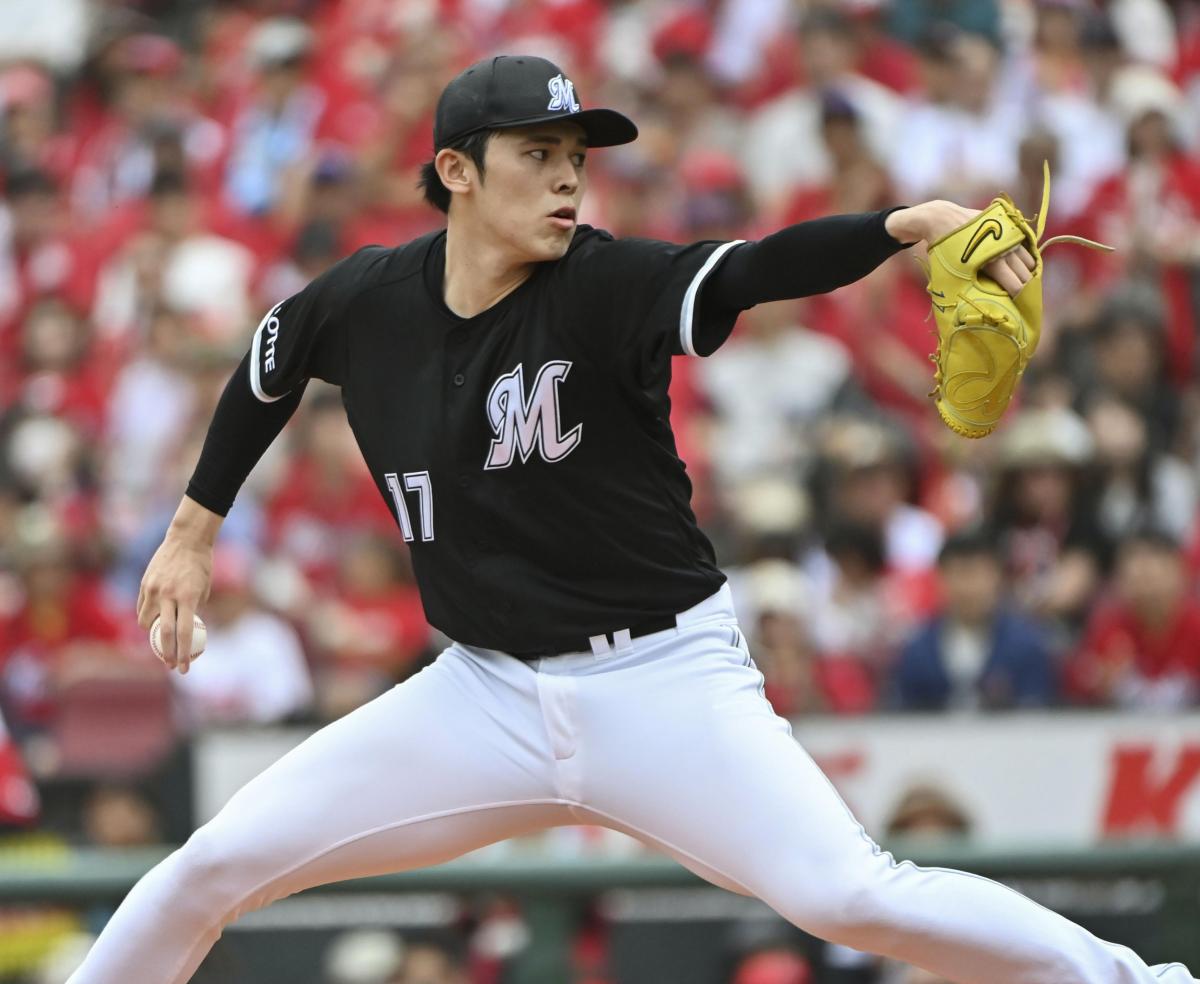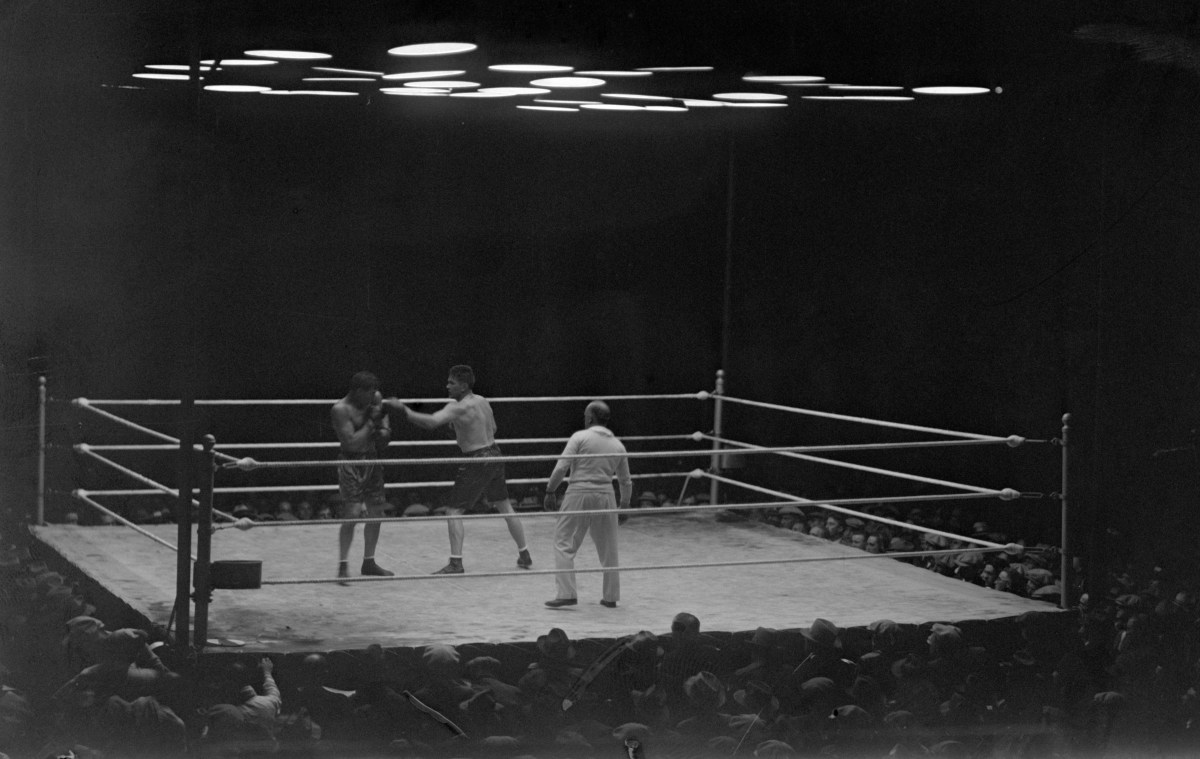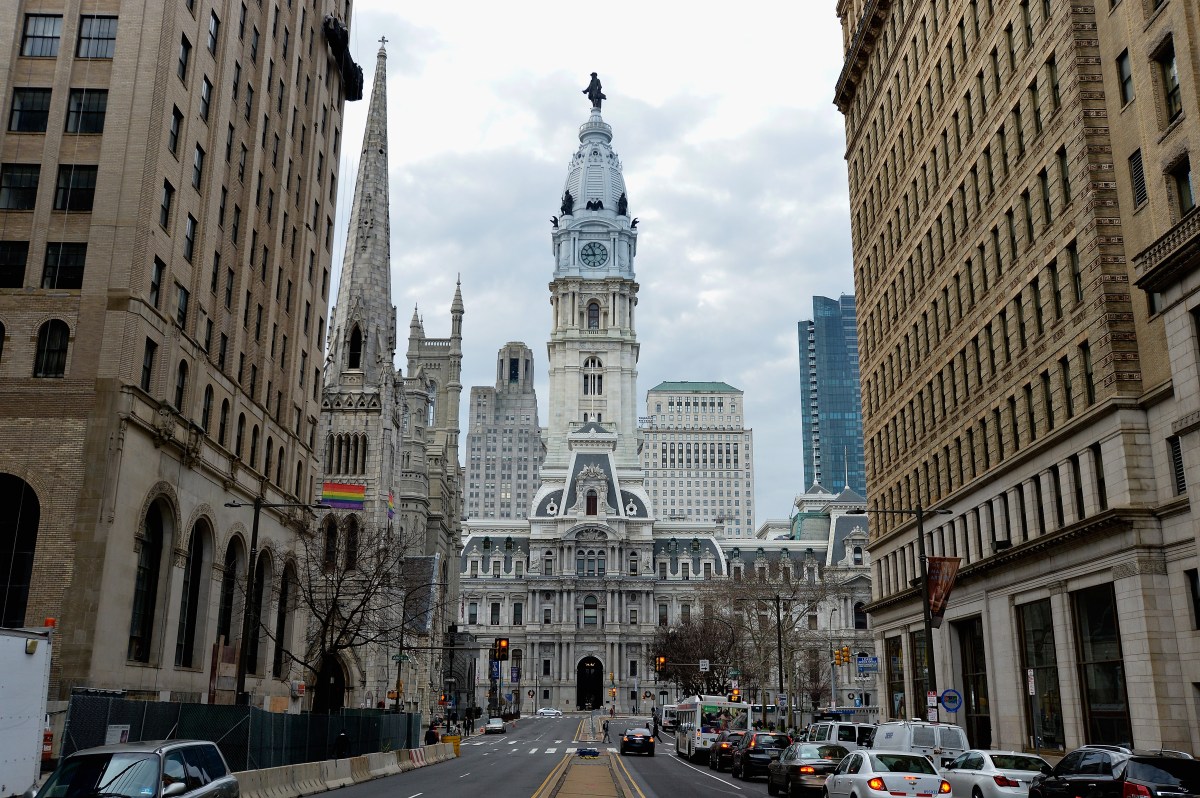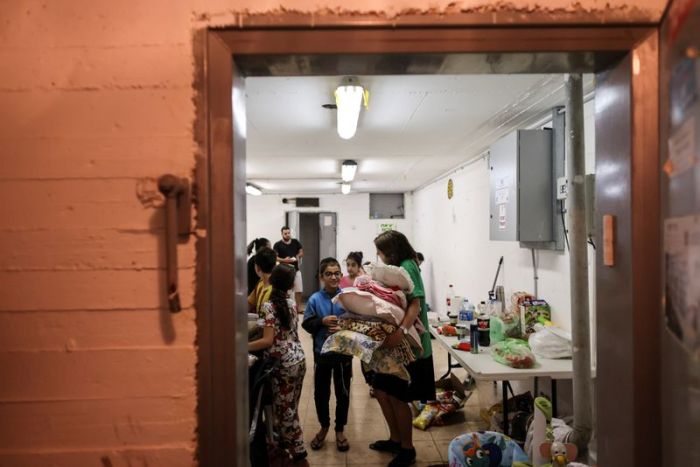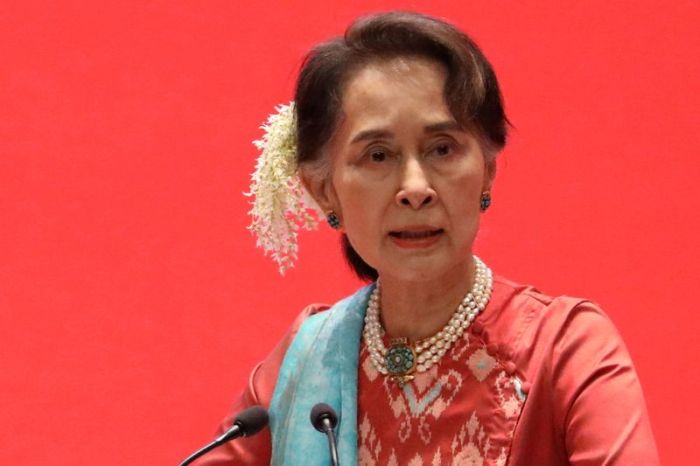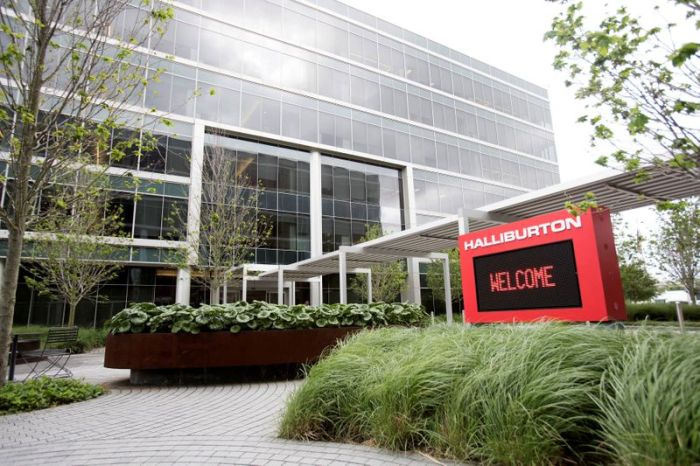By Steve Gorman
LOS ANGELES (Reuters) -California will lift most remaining crowd-capacity limits and physical distancing requirements related to COVID-19 on June 15, proceeding to fully reopen its economy as the pandemic abates and vaccination rates rise, health officials said on Friday.
The new policy will end California’s complicated, color-coded system of tiered restrictions, imposed on a county-by-county basis last August.
California, the most populous U.S. state with some 40 million people, was the first to impose statewide stay-at-home orders and mandatory business closures in March 2020 as the pandemic began to take hold.
Tough constraints were renewed when California became a leading U.S. coronavirus hotspot during a surge in cases that swept much of the country late last year, straining healthcare systems until the vaccine rollout in early 2021 helped slow the outbreak.
California gradually eased restrictions again as infection rates, hospitalizations and deaths markedly declined. Last month Governor Gavin Newsom set the goal of fully reopening commerce in mid-June, as long as hospital admissions remained low, with enough vaccine available for everyone over age 16 who wants one.
Public health officials said those targets are being met, allowing all businesses still subject to restrictions to “return to usual operations with no capacity limits or physical distancing requirements,” except for “mega events.”
“We are tracking well in meeting our goals,” state Health Secretary Dr. Mark Ghaly told reporters on a conference call.
The latest policy will require vaccine verification or a negative COVID-19 test result for anyone attending indoor gatherings of more than 5,000 people.
Ghaly said venue operators would have the option of allowing attendees to verify their vaccine status through “self-attestation,” saying the state was “not requiring or considering vaccine passports for vendors.”
The same attendance conditions are recommended, but not required, for outdoor assemblies of 10,000 or more people, the Department of Public Health said.
On face masks, California will follow evolving guidelines from the U.S. Centers for Disease Control and Prevention, the agency said.
Ghaly said some increase in virus transmission was likely from relaxed rules but would be so slight as to pose a minimal impact for hospitals “because of the level of protection broadly across the state.”
Epidemiologist Andrew Noymer, a professor of disease prevention at the University of California, Irvine, agreed. He likened social distancing, capacity restrictions, masks and other precautions to “wearing a raincoat when it’s raining.”
“Well it’s not raining right now, the numbers are incredibly low, so you can take off the rain coat,” Noymer told Reuters. It’s as simple as that.”
California has reported nearly 3.7 million COVID-19 cases, with 61,672 deaths, according to state health figures.
Even with one of the lowest rates of infection by population in the country, and with over half of its residents receiving at least one vaccine dose to date, California documented 1,627 new cases and 69 deaths on Thursday.
Noymer warned that the pandemic was “not over and done with completely” and that future outbreaks are possible in the fall and winter. “So we want to put away the masks, but we want to put them in a drawer, not in the trash,” he said.
(Reporting by Steve Gorman in Los Angeles; Additional reporting by Brendan O’Brien in Chicago; Editing by Chris Reese, Leslie Adler and William Mallard)

